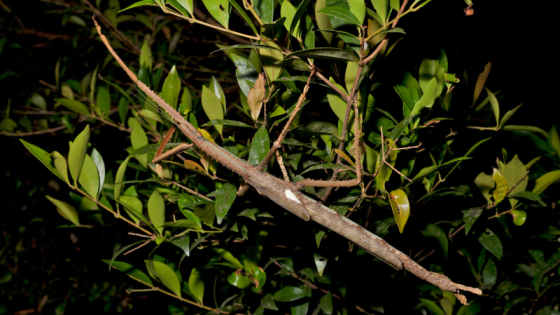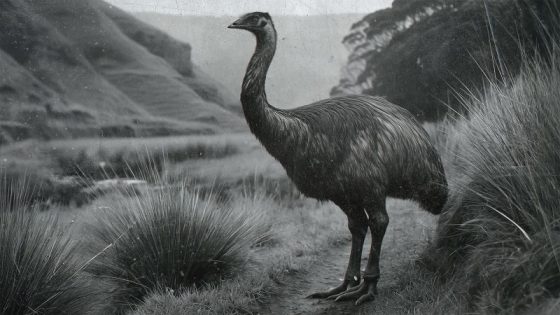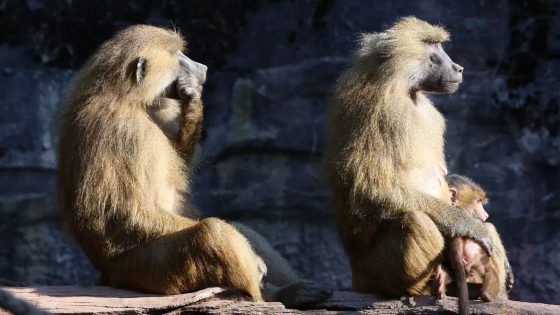In a remarkable discovery, scientists have identified a new species of stick insect in Australia, believed to be the heaviest ever found in the country. This fascinating find, reported on 2025-08-01 04:51:00, highlights the rich biodiversity of Australia’s remote rainforests.
- New stick insect species discovered in Australia
- Heaviest insect found, weighing 44 grams
- Evolutionary adaptation to cool, wet habitat
- Habitat in mountainous Wet Tropics region
- Unique egg characteristics aid species identification
- Specimens added to Queensland Museum collection
The newly identified Acrophylla alta weighs 44 grams and measures 40 cm long, showcasing an evolutionary adaptation to its cool, wet habitat. Researchers from James Cook University noted that its size may help it thrive in colder conditions.
This discovery raises intriguing questions about the evolutionary processes that shape species in isolated environments. How many more undiscovered species lie hidden in such remote areas? Understanding these ecosystems is crucial for conservation efforts.
- The stick insect’s size is an adaptation to its habitat.
- It was found in the mountainous Wet Tropics region of Far North Queensland.
- Distinctive egg characteristics helped identify the new species.
As we continue to explore our planet’s hidden wonders, let US advocate for the protection of these unique habitats to ensure future discoveries and conservation.






























